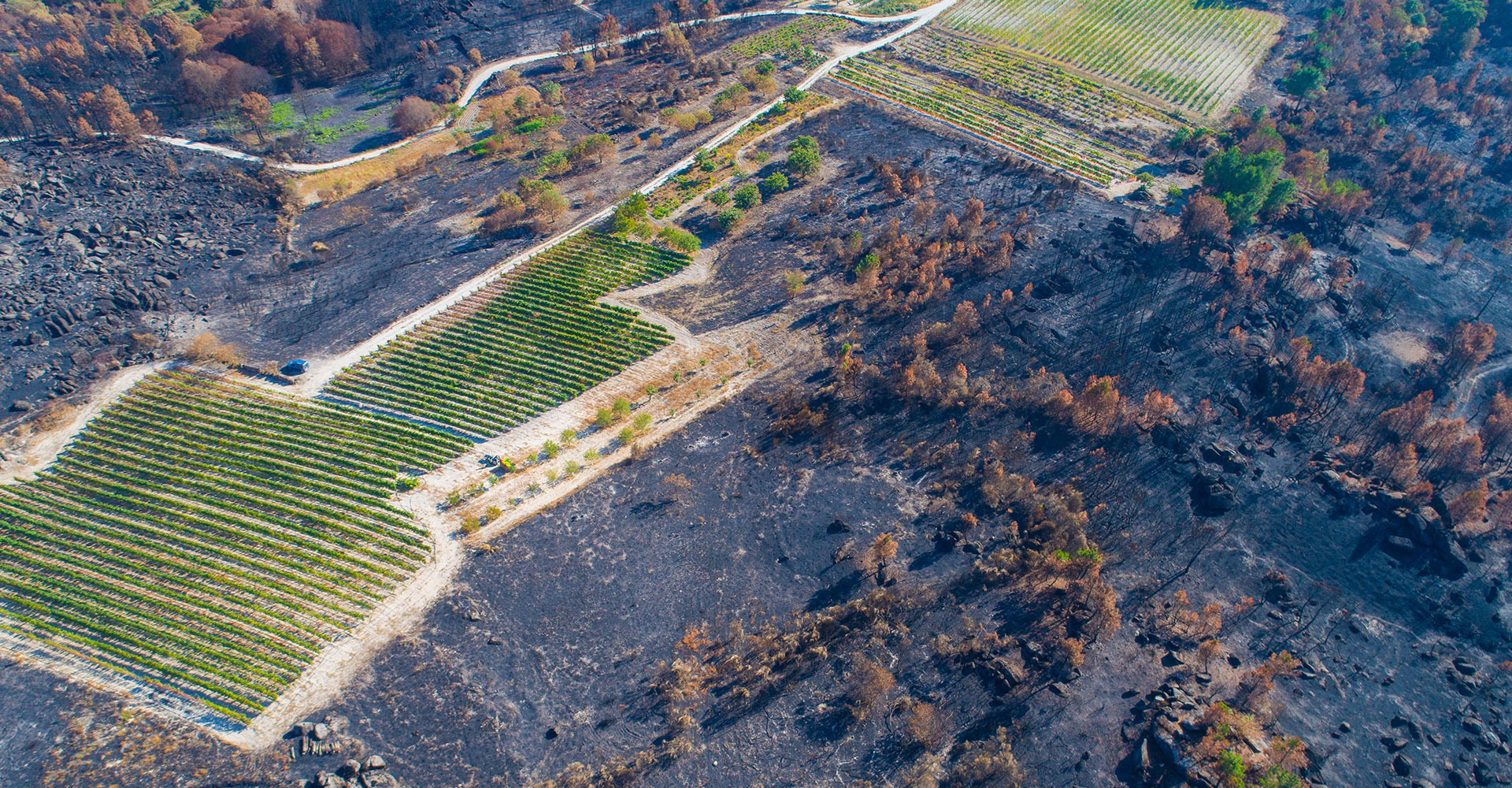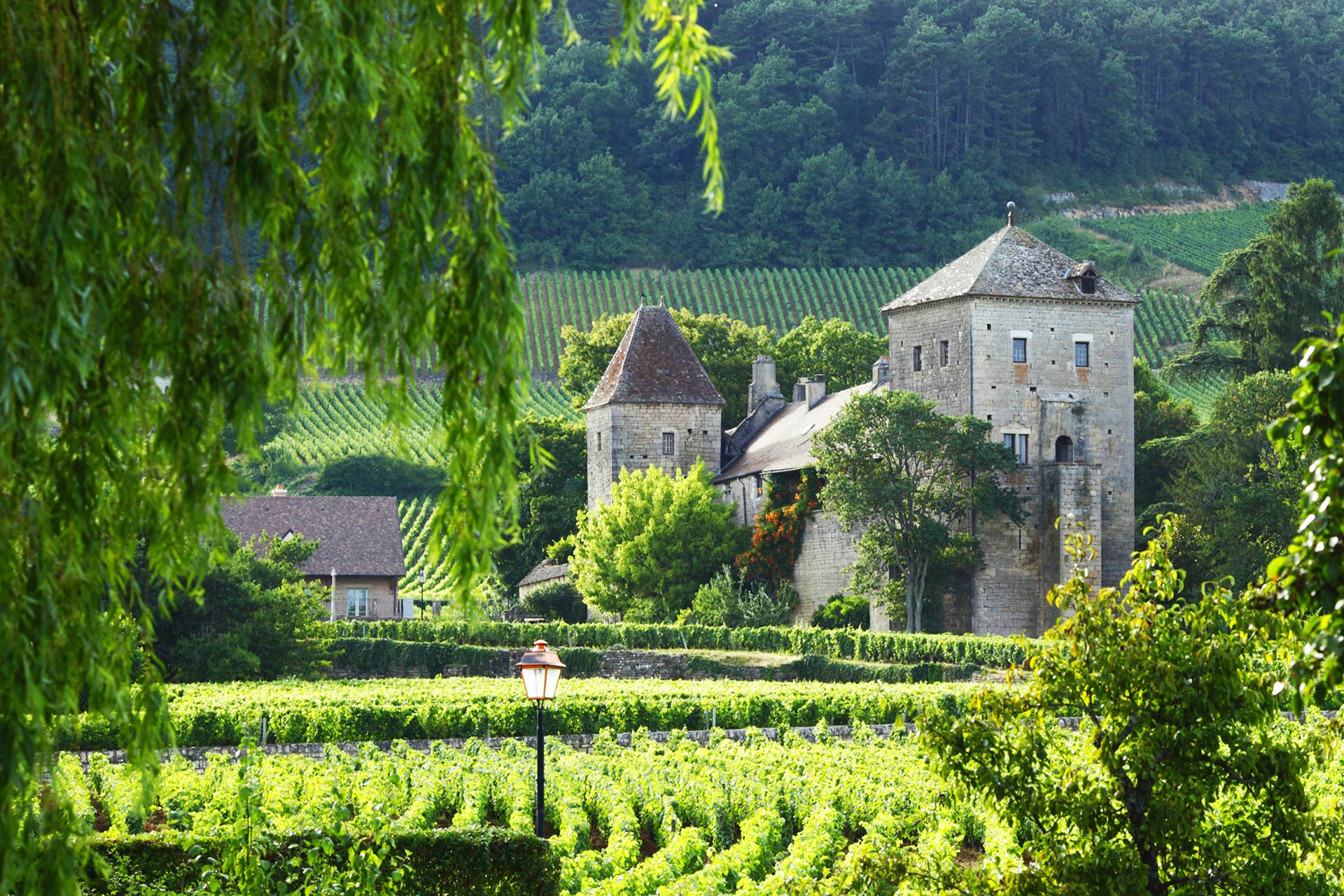Wine lovers, brace your palates. The 2025 European vintage is not just another swirl, sniff, and sip story. It’s a full-blown soap opera starring unpredictable weather, economic uncertainty, and consumers with trust issues.
Forget the poetic stuff about “sun-kissed vines” and “the soul of the terroir”—this year’s narrative is pure climate drama meets commercial reality. If you’re a winemaker, this is the vintage where storytelling isn’t a luxury. It’s your oxygen.
Wine is Scarce. But So Is Consumer Trust.
Yes, 2025 has brought another year of short supply. France is down 13% on its five-year average, with Bordeaux hit particularly hard. Normally, we’d expect fine wine prices to soar like a Champagne cork at a wedding—but this year, they’ve barely burped.
Why? Because consumers aren’t buying the usual scarcity pitch. They’re broke, cautious, and not about to spend £30+ without a compelling reason. “Because it’s Bordeaux” just doesn’t cut it anymore.
Scarcity used to sell. Now it needs receipts.
Marketing in 2025: You Can’t Just Slap a Château on It
Here’s what does work: transparency, climate context, and proof. Real proof.
- Tell us the weather drama. Rainstorms, heatwaves, heroic handpicking at 4 a.m.—we want it all. Climate adversity isn’t a flaw anymore. It’s the origin story of the wine in our glass.
- Quantify your scarcity. Don’t just hint it’s rare. Say why it’s rare. “Only 4,200 bottles made due to 42°C heat shrivelling half our crop” has much more clout than “limited release”.
- Certify your eco-claims. Sustainability matters. But greenwashing is so 2022. We want logos, standards, and metrics. And no, “we care about the planet” on a heavyweight glass bottle doesn’t count.
And this year, even your packaging is under scrutiny. Lighter bottles aren’t just good for the planet—they’re a badge of forward-thinking credibility. But only if you explain why that lighter bottle is a conscious choice, not a corner cut.
Scarcity Sells. But So Does Volume – If You Do It Right
While Bordeaux battles low yields, Burgundy and Jura are drowning in grapes. Burgundy is up 45%, Jura up a juicy 200%. Cue panic in the marketing department. Won’t this glut make their wines look… common?
Not if you spin it cleverly:
- Lean into drinkability. The 2025 Burgundies are charming, fruit-forward, and made to be enjoyed now. Not all wines need a 15-year nap to matter.
- Talk about the effort. More grapes mean more sorting. Stress the human touch. The discipline. The detail. “We hand-sorted twice to keep only pristine bunches” plays beautifully.
- Use abundance to attract new fans. That extra volume? A golden ticket for getting younger buyers through the door—especially if you frame it as an approachable entry point to a historically inaccessible region.
Handled right, abundance is an invitation, not a compromise.
Meanwhile in Britain… We’re Warming Up Nicely
In a plot twist worthy of Netflix, the UK wine scene is booming thanks to climate change. Warmer weather means we can now ripen Pinot Noir properly—and not just for your mum’s hedgerow jelly.
English winemakers should stop trying to be “Mini Champagne” and start owning their climate-enabled cool. Let’s call it what it is: the new frontier of fine fizz, powered by chalky soils and rising temperatures.
Climate change is terrible, yes. But it’s also an opportunity. Just ask any Sussex vineyard now pulling scores once reserved for Reims.
Gen Z Doesn’t Want Your Prestige. They Want Your Proof.
Younger drinkers don’t care if your estate dates back to the Crusades. They want to know if you’re carbon neutral, biodynamic, or at the very least not packaging your wine in a bottle that could anchor a yacht.
Sustainability isn’t a marketing campaign. It’s a character reference. If you can’t show your receipts—be it for cover crops, solar panels, or lighter bottles—prepare to be ghosted.
Want to win the next generation? Talk specifics:
- 44kW solar panels installed
- 91% waste diverted from landfill
- 50% water use reduction since 2020
That’s the kind of detail that lands.
The Bottom Line: Honesty is the New Luxury
Whether your vintage is scarce or abundant, your job in 2025 is to tell the truth—smartly, strategically, and with just enough theatre to keep it interesting.
Wine buyers aren’t naive. They’re just tired of hearing the same old story in a market that’s changed completely.
So, if you’re in the business of making, marketing, or selling wine, ask yourself this:
Can your brand justify its price without hiding behind history?
If not, pour yourself a glass. You’ve got some work to do.



